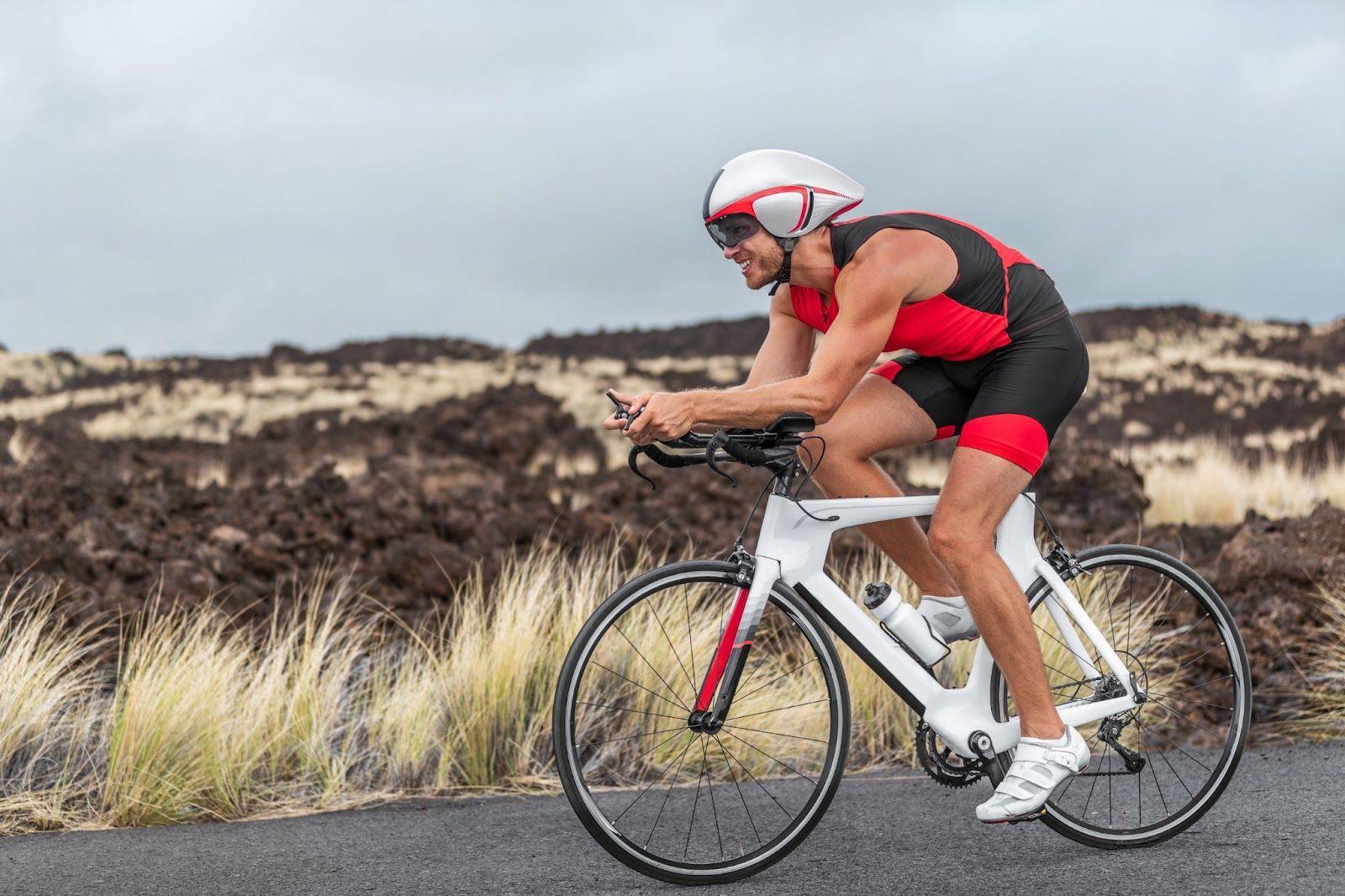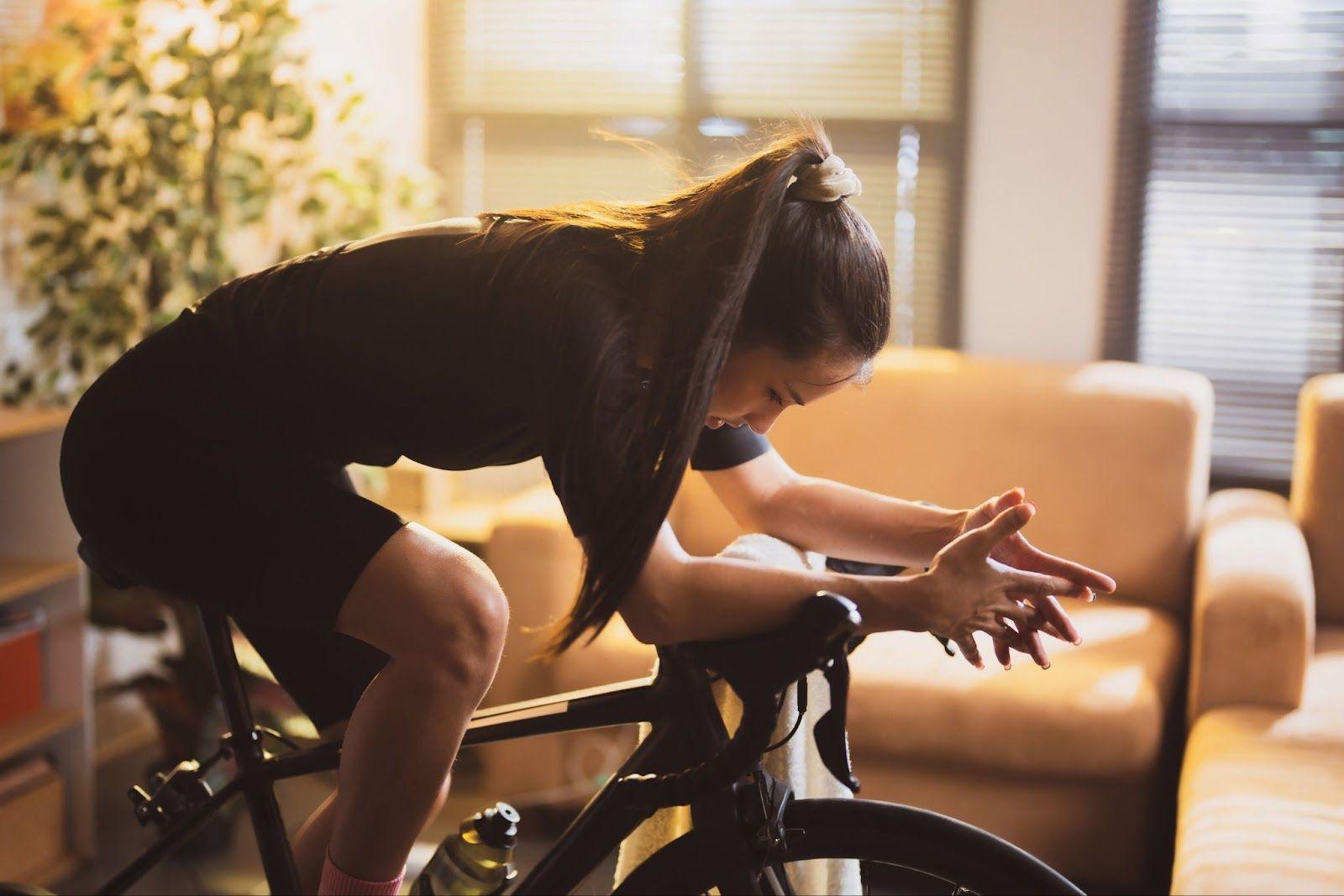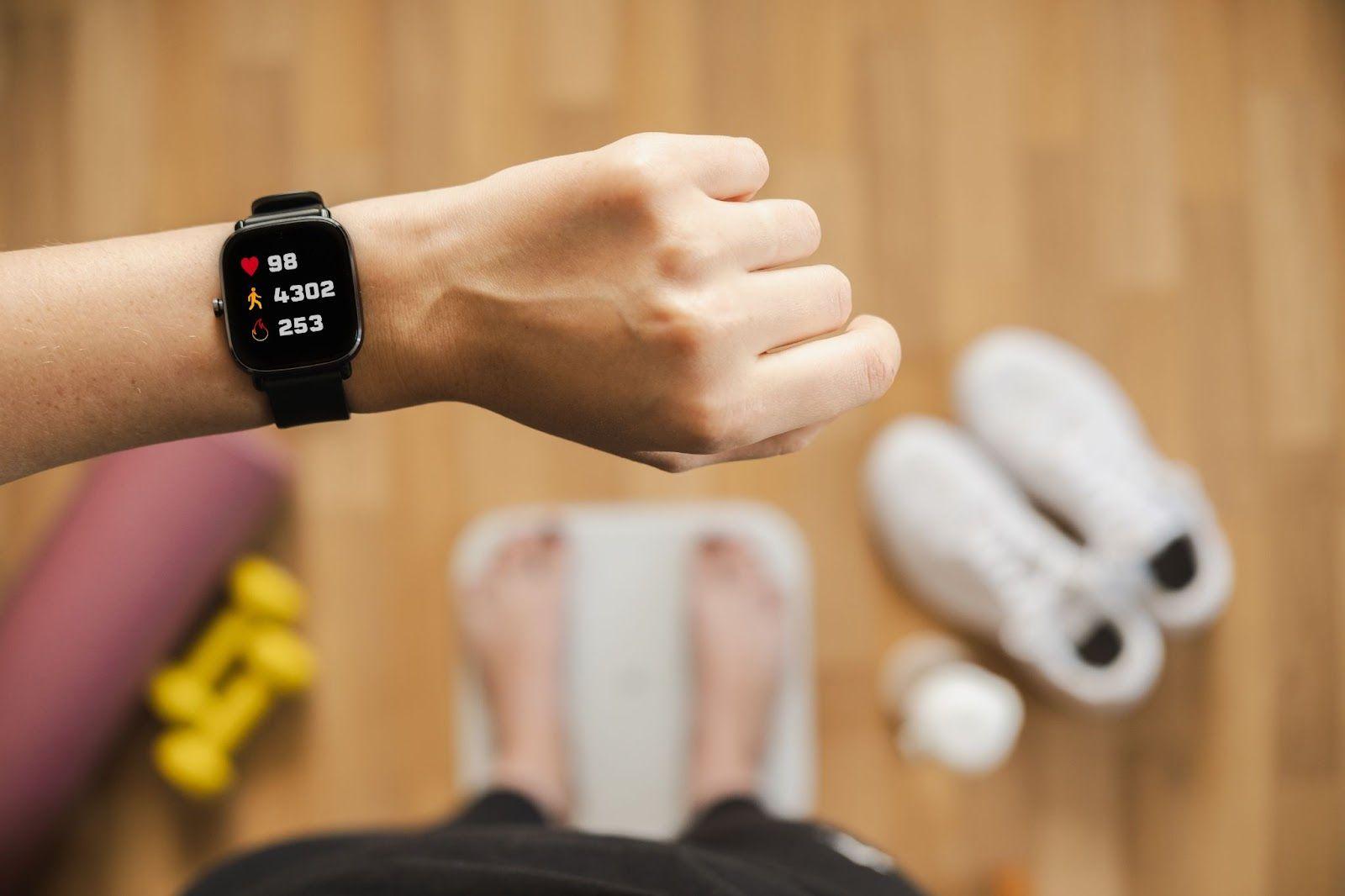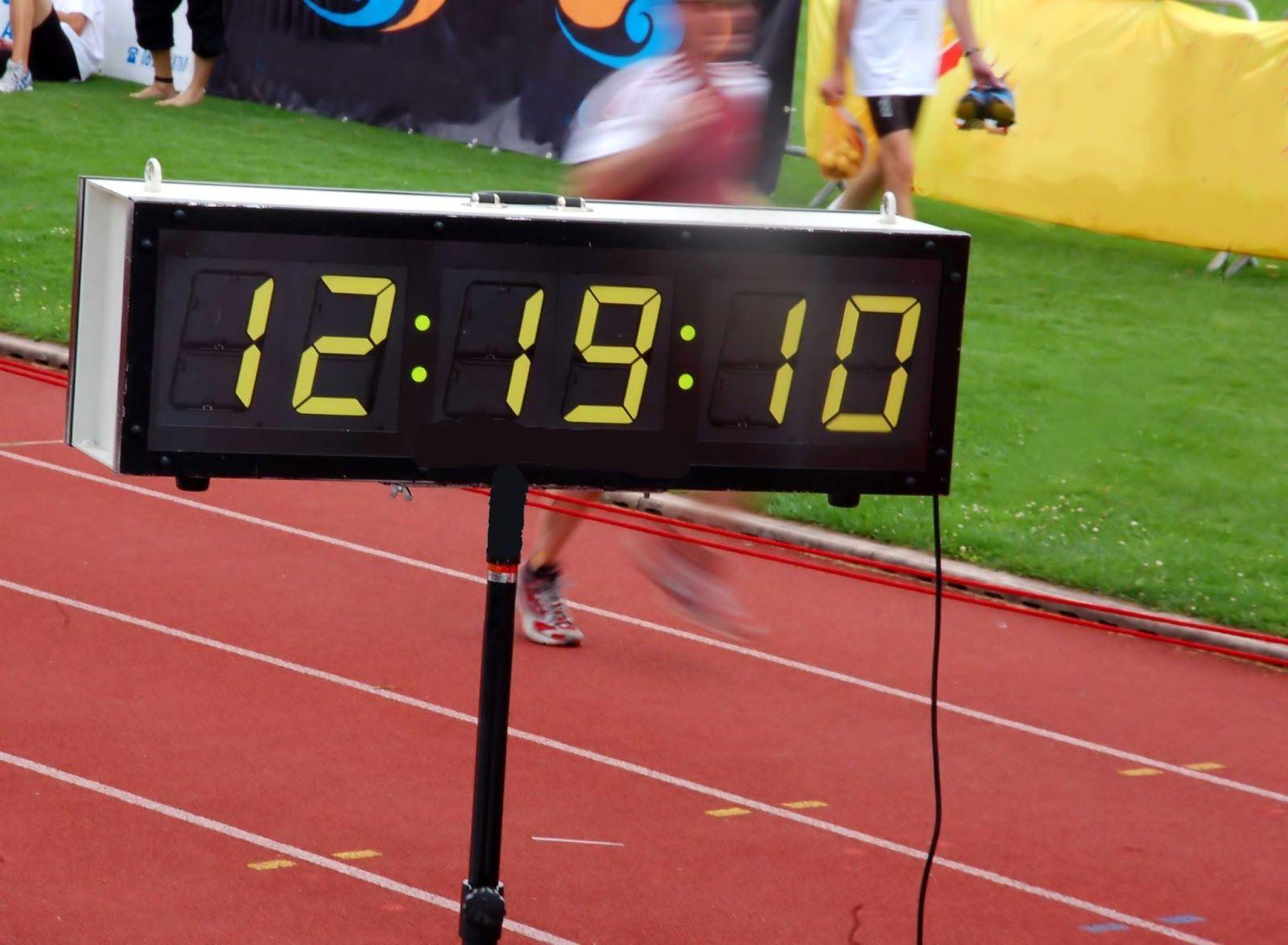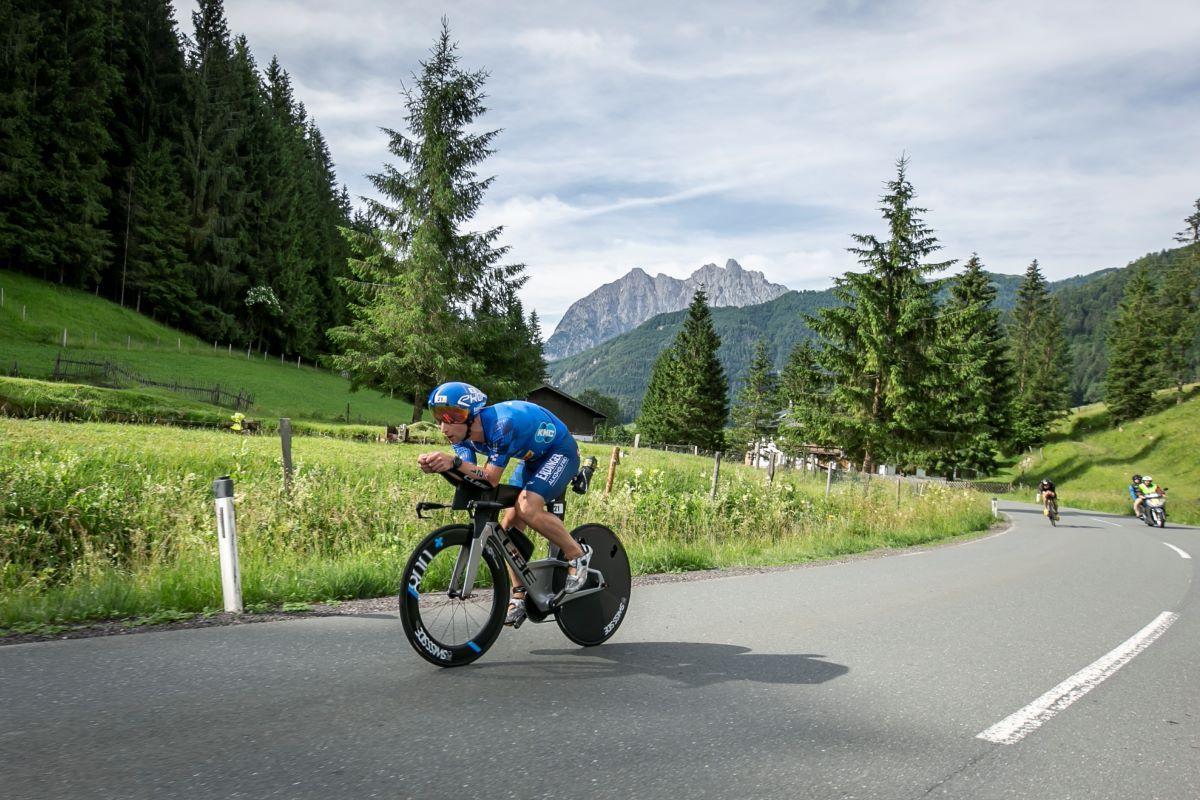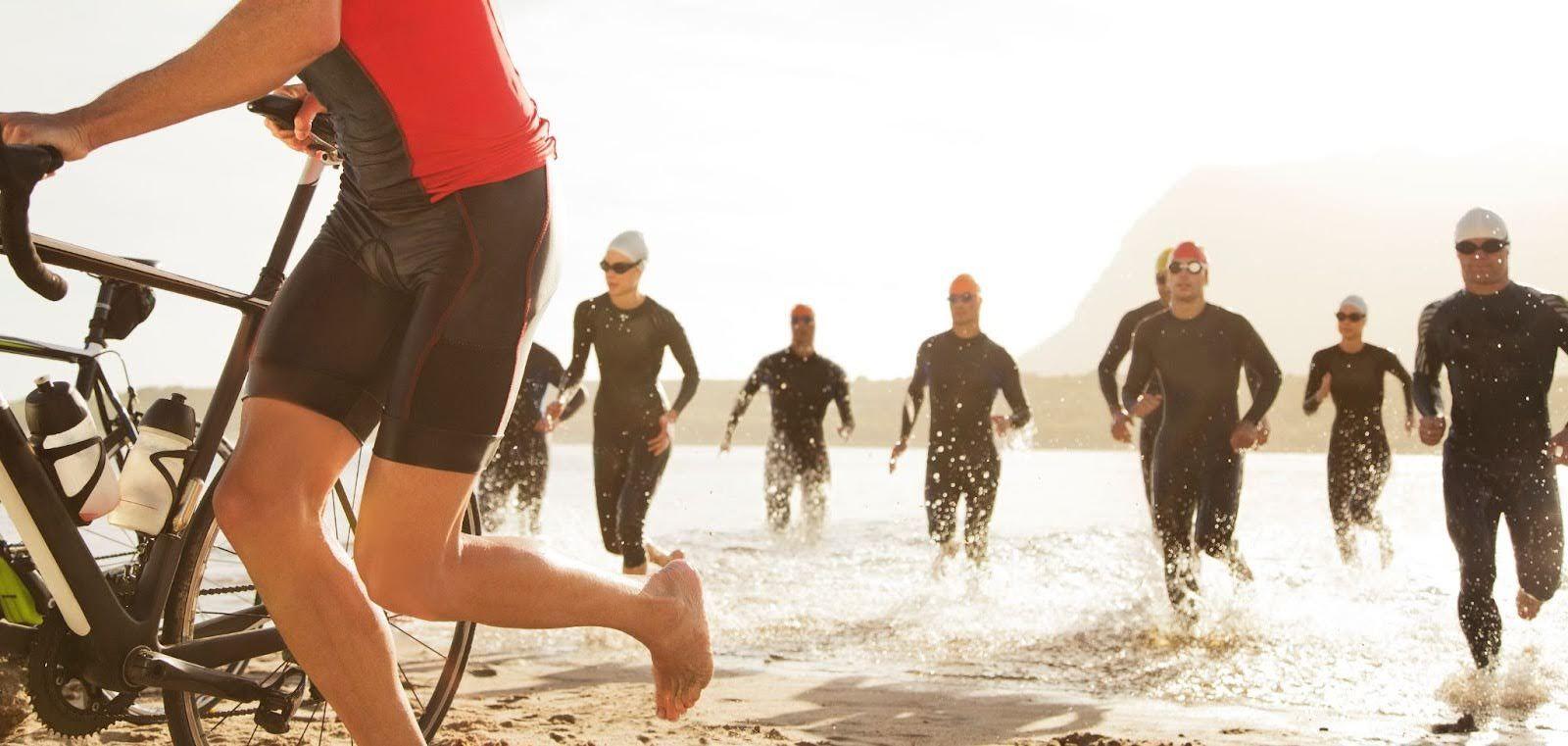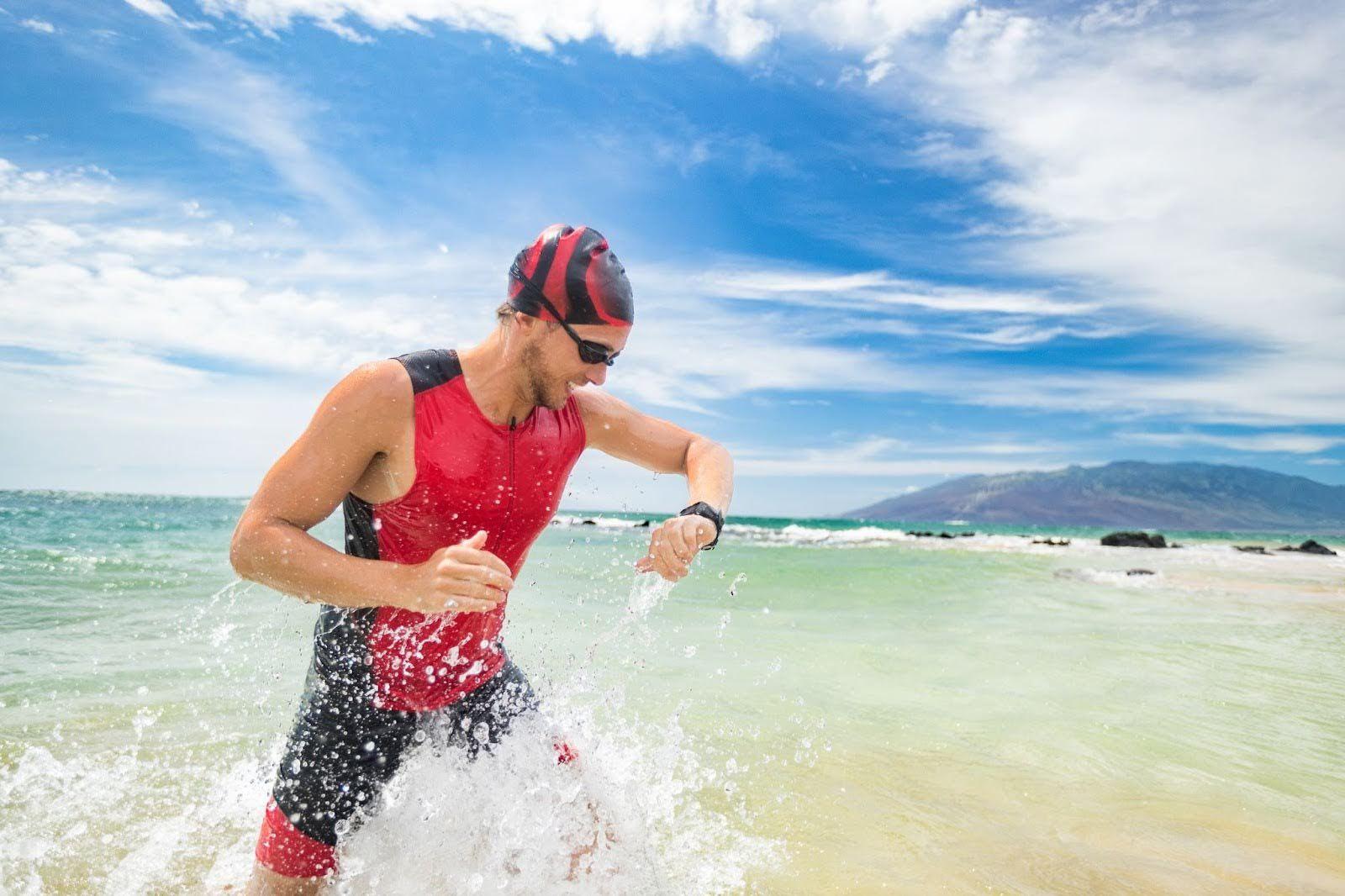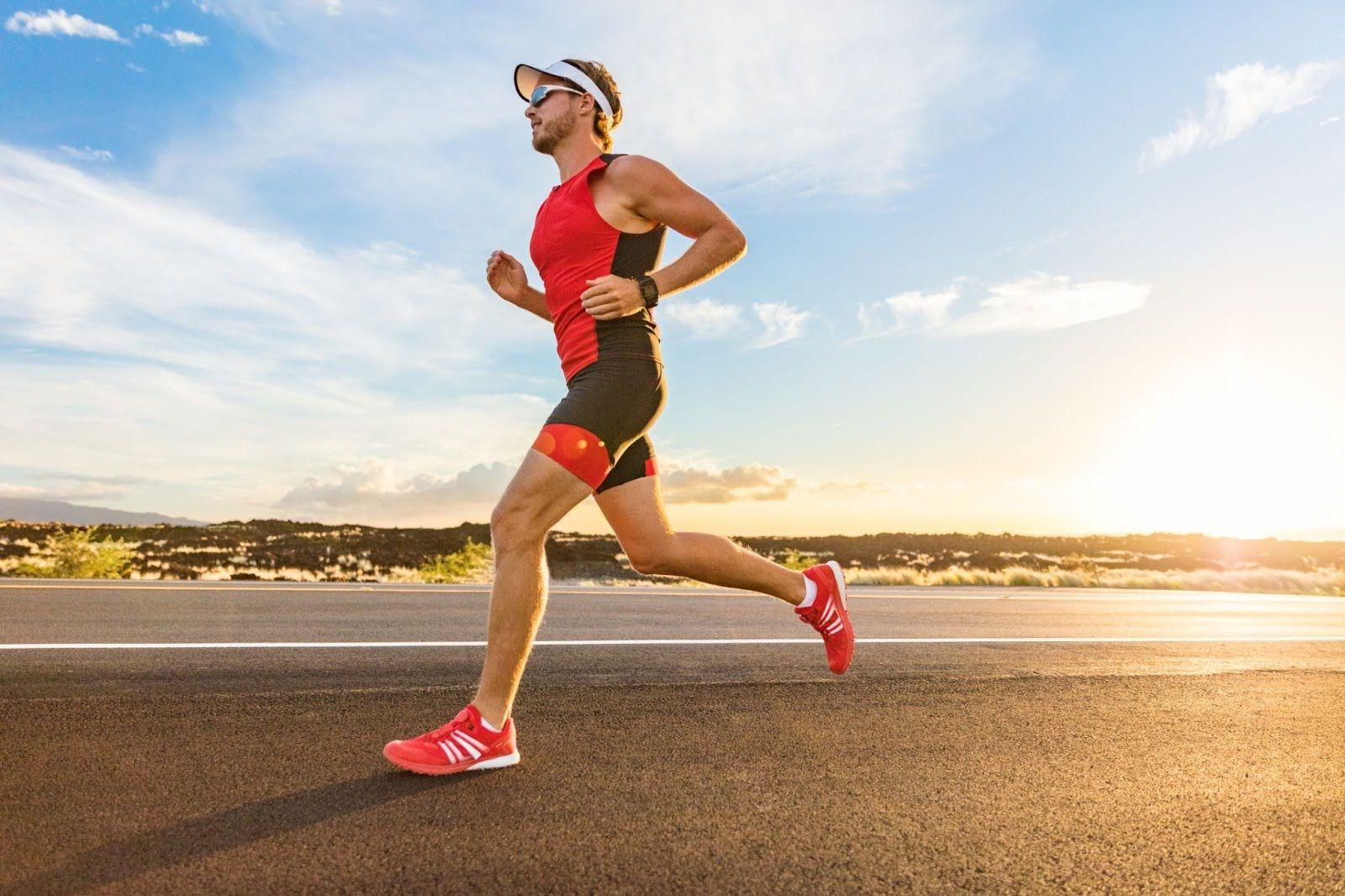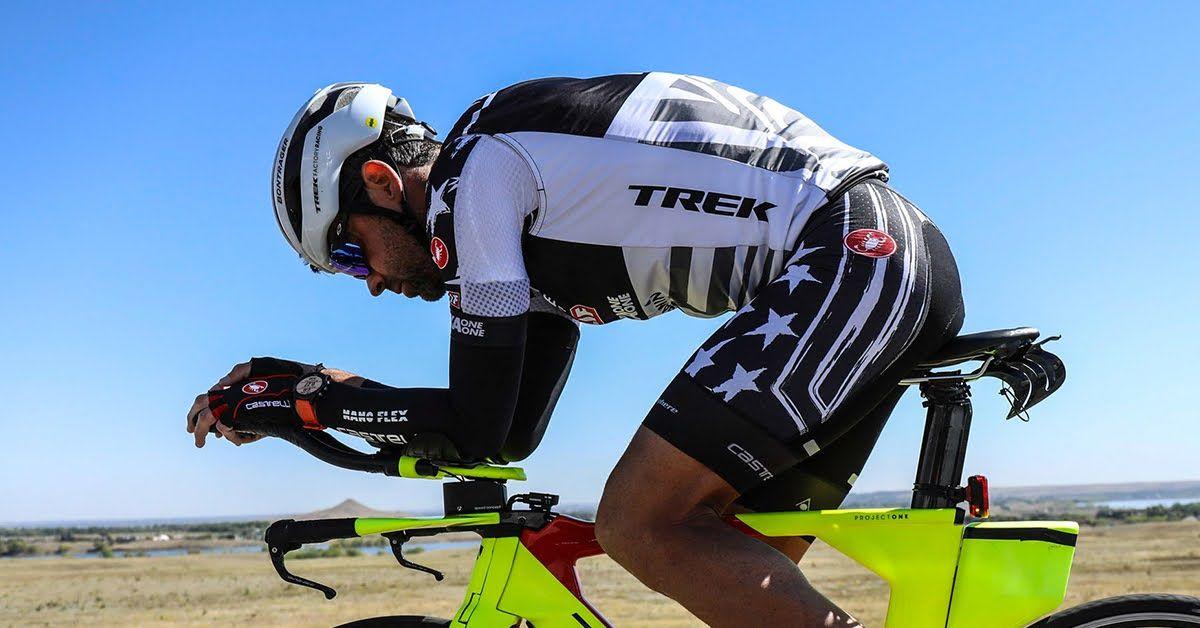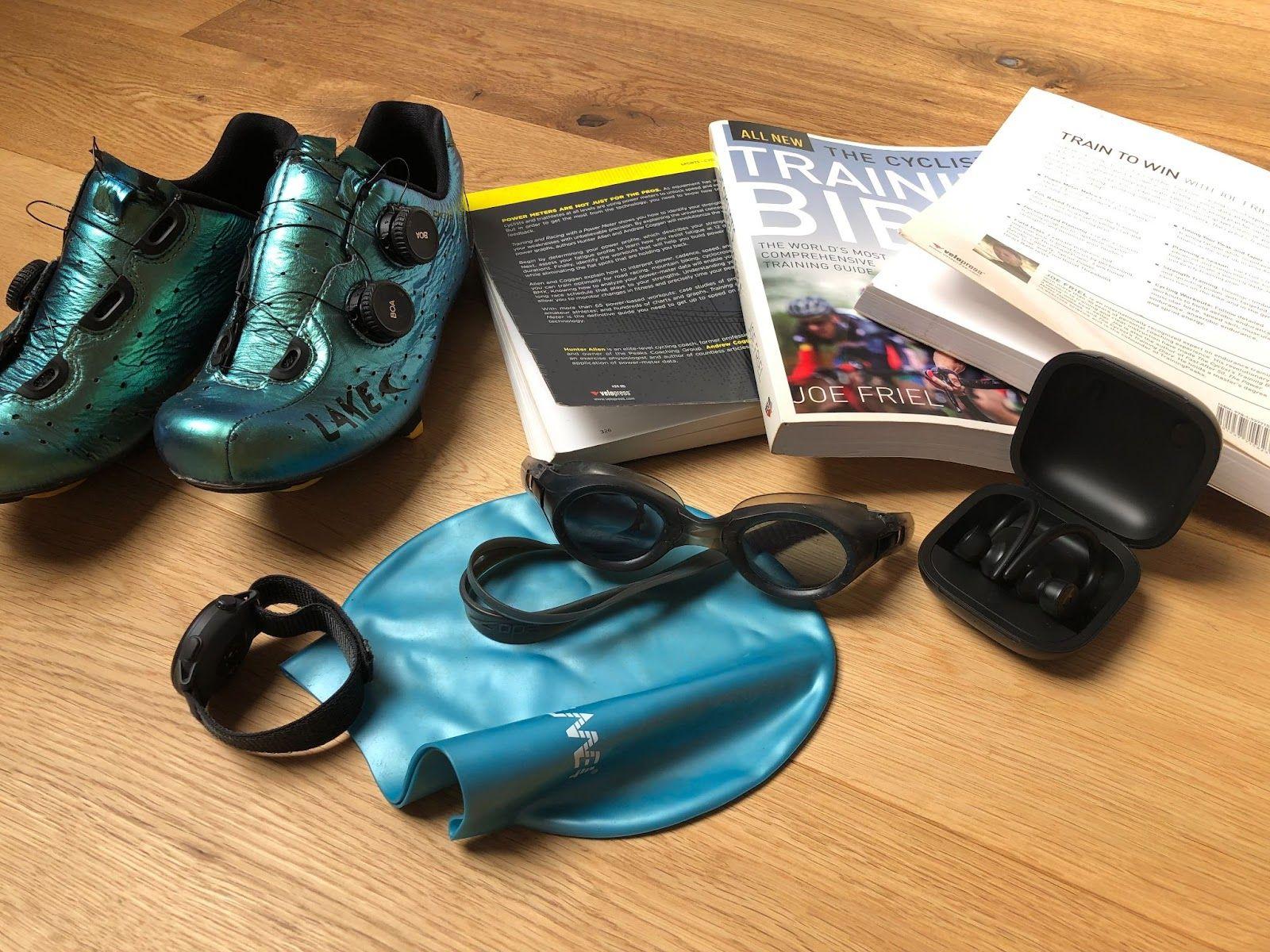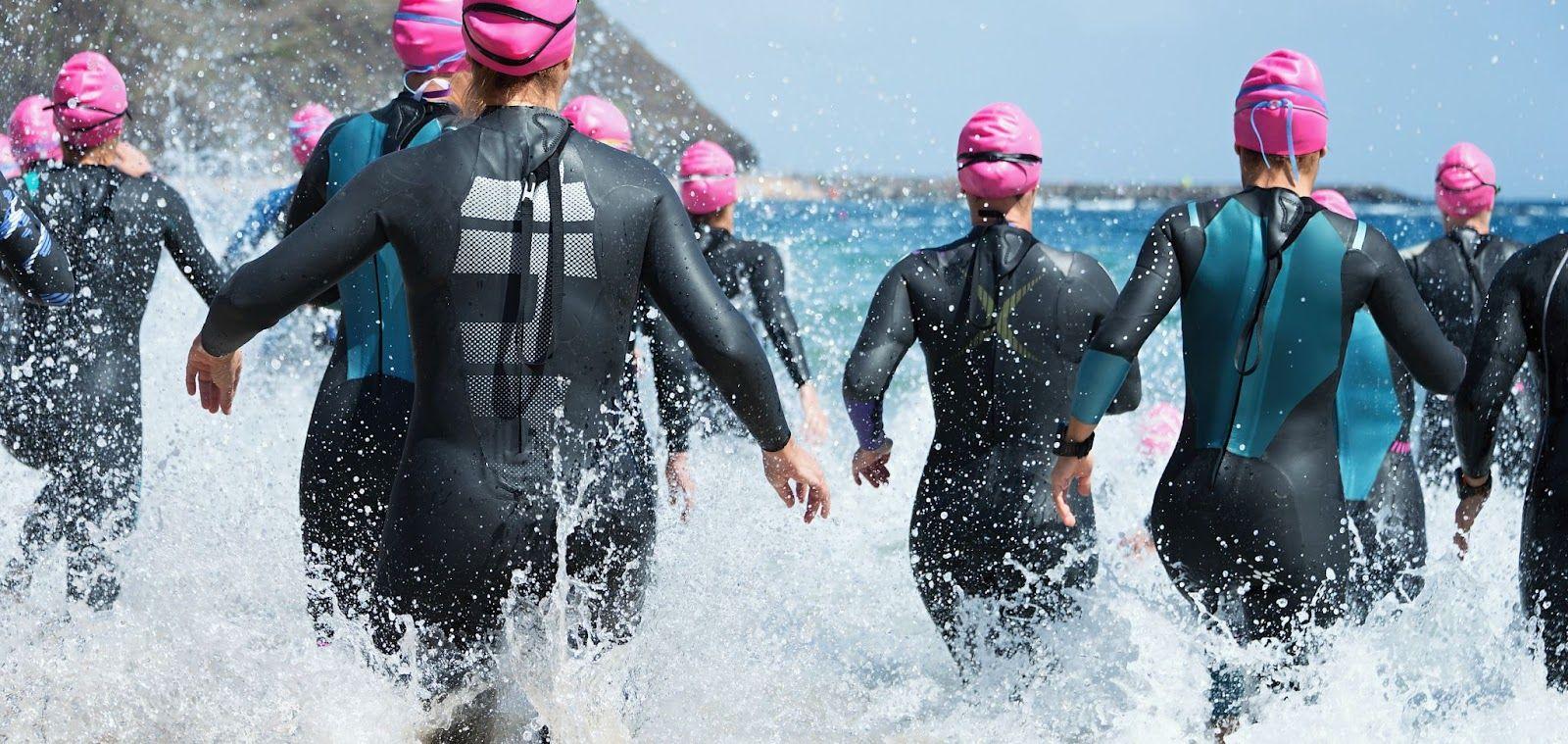The Time Obsession in IRONMAN Racing
The ultimate bragging right in triathlon is a fast IRONMAN or IRONMAN triathlon World Championship time. For pros and age groupers alike, hitting a personal best at an IRONMAN triathlon means going all out and leaving nothing in the tank. A triathlon world record sparks hours of discussion, admiration and curiosity among triathletes and data nerds about their "times". These triathlon times became symbolic due to this obsession with completing the event under 8 hours for men and 9 hours for women. These records represent the pinnacle of human dedication, perseverance, and devotion, whether earned at the IRONMAN World Championship or elsewhere. For most people, these records are off the charts and totally motivating.
What's an Official IRONMAN World Record?
Let's get this IRONMAN world record matter out of the way first. Because of differences in course conditions, elevation profiles and climate, the World Triathlon Corporation (WTC), which runs events under the IRONMAN brand, doesn't formally recognise IRONMAN world records. So, instead of an "official world record", we use the term "fastest IRONMAN time".
Why Some of the Fastest Triathlon Times Don't Come From IRONMAN Events
IRON-distance events that aren't IRONMAN, like Challenge Roth, have produced some of the fastest triathlon times. These events often have flatter, faster courses and sometimes more relaxed drafting zones for the bike course, which result in super-fast finish times.
Although an interesting stat, the IRONMAN world record has its limitations. The course, race conditions and whether the event was officially sanctioned should all be taken into account when comparing performances.

Fastest IRONMAN Times – Men's Top Performances
In the men's category, one record that everyone has been talking about in recent years is Kristian Blummenfelt. The Olympic gold medallist left the triathlon community stunned in 2021 when he clocked a 7:21:12 at IRONMAN Cozumel. Not at the IRONMAN World Championship, but widely considered one of the fastest IRONMAN times ever.
Magnus Ditlev also made a statement with his 7:24:40 at Challenge Roth in 2022, a course known for being fast. Although it was not WTC-branded, the performance sparked serious discussion about whether a sub-7-hour finish at an official IRONMAN-branded event was possible.
What It Takes to Go Sub-7: Strategy, Precision, and Marginal Gains
Most of the fastest IRONMAN men achieve their times by doing 2:30 marathons, aero bike splits and ideal pacing, the result of years of planning and strategy in all three disciplines, and not just talent. From their diet plans and transition efficiency to course profiles and wind conditions, these top athletes have perfected every element of their race down to the last detail. Years of data-driven training and a continuous search for minor improvements and marginal gains to extract every last bit of speed from their bodies and gear are the keys to their success.
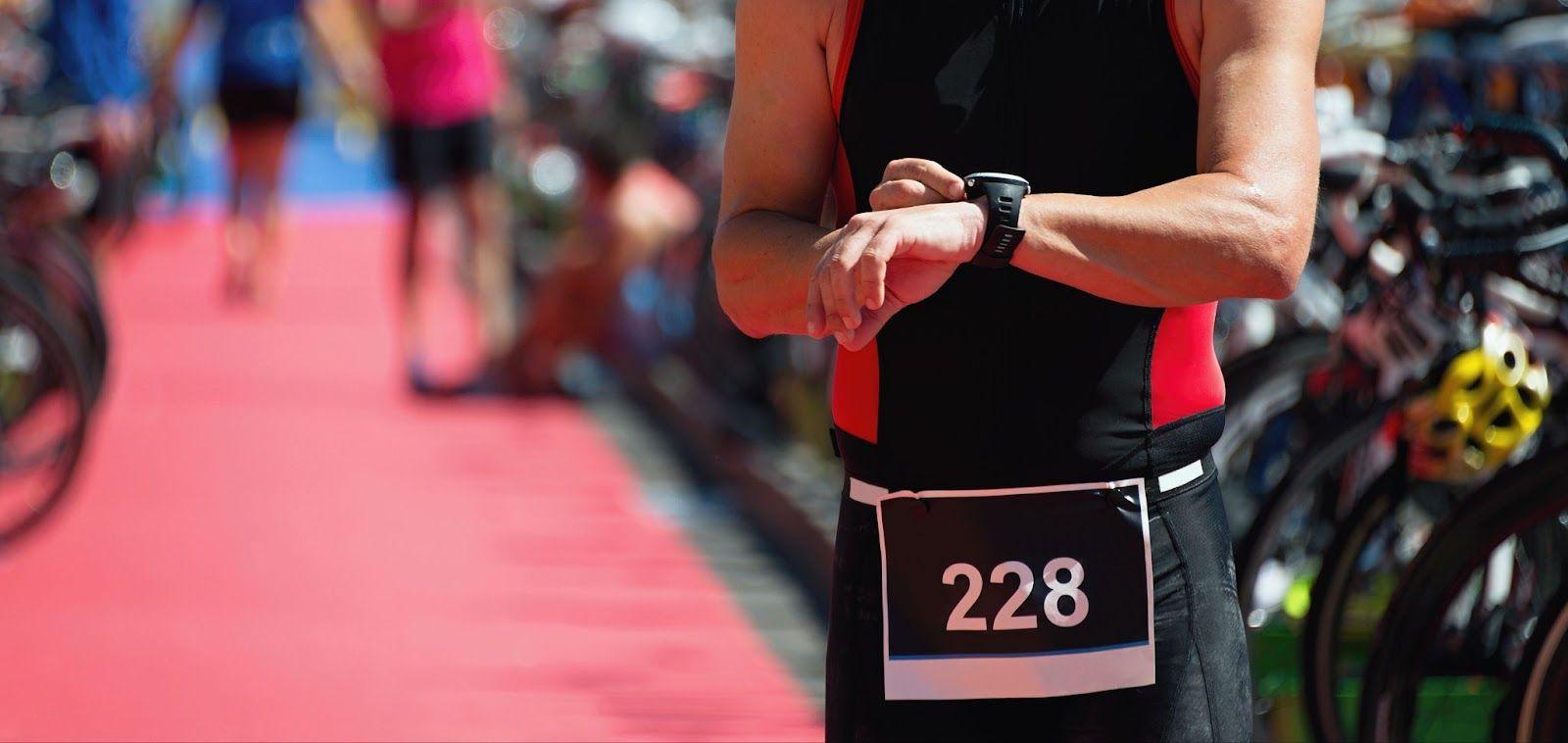
Fastest IRONMAN triathlon Times – Women's Top Performances
Women's long-course times are getting faster than ever, and records are being broken more often in this category. Daniela Ryf's time of 8:08:21 at Challenge Roth in 2022 cemented her legend status, showing the perfect combo of endurance, strength, and race-day best efforts. The fastest IRONMAN time ever recorded made waves across the sport and got everyone talking, but it was unofficial, as the race wasn't an official IRONMAN triathlon event.
Not far behind, Laura Philipp went 8:18:20 at IRONMAN Hamburg and joined the small group of women who are now consistently going sub 8:20. These aren't one-off performances; they're part of a bigger trend in the pro field, where the depth of talent is increasing and new athletes are emerging to challenge the norm.

Comparing the fastest IRONMAN women across different eras shows the impact of advancements in training methods, aerodynamics, nutrition and pacing. Triathletes today have data-driven tools, personal coaching, training plans and highly refined equipment to race more efficiently and aggressively than ever before. Today's elite women are driving it forward, redefining what's possible and inspiring a new generation to dream big.
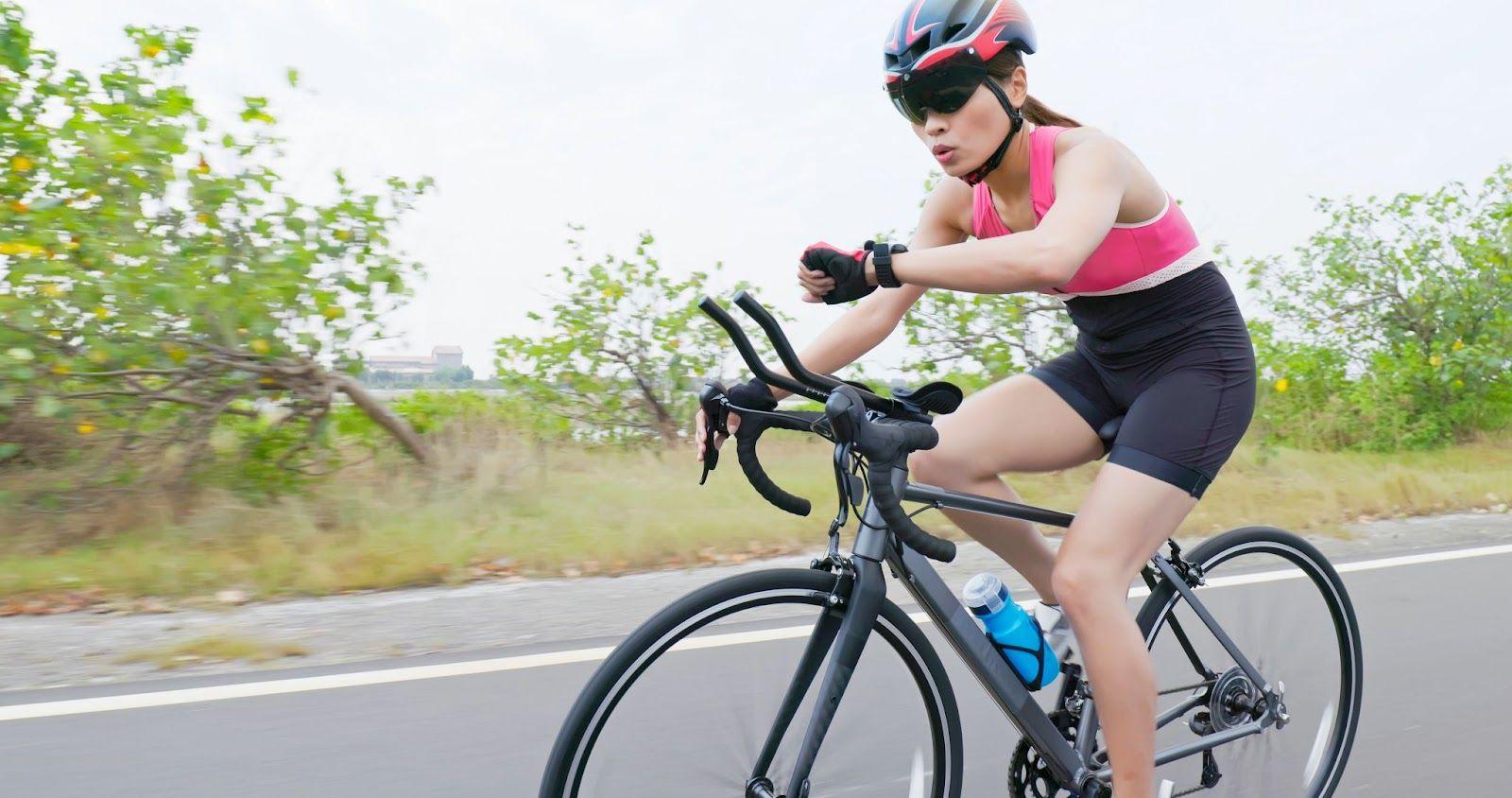
How Course Profiles Affect Record Attempts
Not all IRONMAN courses are created equal—some allow for faster times due to a combination of good conditions and course design. While an IRONMAN World Champion may shine on any course, events like IRONMAN Florida and IRONMAN Austria are well-known as two of the fastest races on the calendar. They tend to have flat bike and run courses, mild weather, and not much wind, making them perfect for athletes chasing their PBs.
How Course Terrain and Conditions Can Make or Break Your Race
Terrain plays a large part. A flat, smooth bike course can gain you a significant advantage, but only if you pace yourself and don't go too hard in the beginning and blow up early! Courses at high altitude or extreme heat (like the IRONMAN World Championship in Kona) can sap your energy quickly, making record-breaking performances harder to achieve despite the talent on the start line. Kona, with its heat, humidity, and winds along the Queen K Highway, is more a test of endurance than just speed.
Aerodynamics, equipment, and race day conditions also play a large role. From choosing the right tires and hydration setup to fine-tuning your power output based on course elevation profiles, pros leave nothing to chance. Many even pick events that suit their strengths—whether that's a technical bike leg or a long straight section to hold an aero position. Every marginal gain counts, and mastering the interaction between course characteristics and your strategy can be the difference between a solid finish and a personal-best performance.
